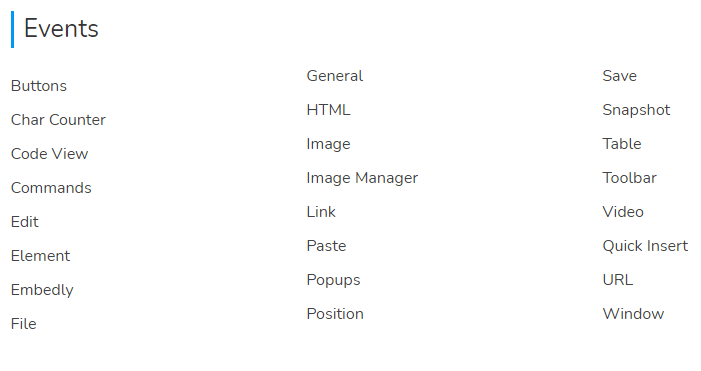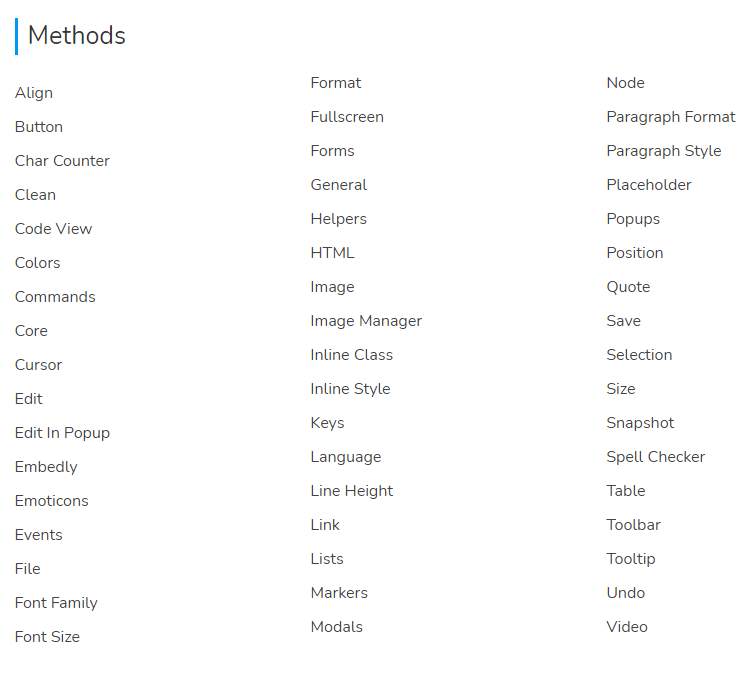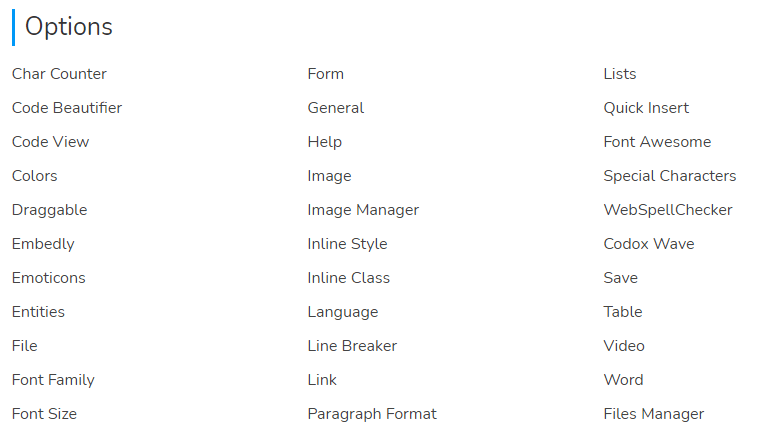How To Get More Results Out Of Your Html Editor

If your web project has input fields, integrating a WYSIWYG HTML editor is a great idea. The problem is deciding which editor is best for you. Sometimes it is hard to sift through all of the options and decide which suits you best. Moreover, once you do finally choose an editor, it can be difficult to get the most out of it. If you have encountered these issues and still haven’t come up with a solution that works for you, that’s where Froala comes into it. We have built what we believe is the Best WYSIWYG HTML Editor. More importantly, our customers seem to agree
One of the main reasons to integrate an HTML editor in place of your input fields is so your users can add rich HTML to the content they are submitting. In addition to improving their experience, you also gain. Including images and text, formatting boosts the quality of the content your users submit. Whether your site is for business, learning, or personal use, your content will look much better formatted correctly as HTML than it will in bland plain text. Sure, you could add a third-party component that might do the same thing to your project, but third-party components are hit and miss and might not offer the quality that your users demand. That is why at Froala we value a high-performance and simple design that makes our JS text editor robust, easy for developers to use, and loved by users.
In this blog post, we will help you get the most out of your Froala Editor integration and integrate it into your application projects.
How can I get the most out of an HTML Editor integration?
To get the most out of your HTML editor integration you need a powerful API that supports your client and server-side frameworks and a versatile image manager. Let’s dig deeper to see how Froala more than meets those needs.
Powerful API
When it comes to a powerful API, the Froala editor delivers. We designed and meticulously documented it so the rich text editor is both easy to customize and interact with. For example, here are the events, methods, and options Froala’s powerful editor gives you to work with.
Client Frameworks
Having plenty of development options is never a bad thing, so your HTML editor integration should support whatever client frameworks you are working with. We created the Froala rich text editor in Javascript and it works with almost all front-end frameworks. Want to see for yourself? Here are some of the client frameworks Froala supports.
Server Integrations
You can’t have a front end without a back end. Just like your front end, your HTML editor integration needs backend server integrations that work with whatever platform you choose to use. Because of this, our rich text editor also supports multiple backend technologies to make developer’s life even easier. Here are some of the server-side frameworks Froala plays nicely with:
Image Manager
Finally, with your front and back end sorted, your HTML editor integration needs a rich image management interface. By default, the Froala Rich Text Editor’s image manager displays images stored on our servers and it just simulates the delete behavior. In order to display images from your own server, you have to use a server-side language. The image manager is a plugin for the WYSIWYG HTML editor.
Learn all about configuring the Image Manager for your own HTML editor integration.
How can I get started integrating Froala Editor into my project?
You can literally do anything with the Froala Editor. Its well-written, properly structured and well-documented code is very easy to understand and extend. You don’t need to reinvent the wheel because Froala’s rich text editor comes with over 30 out-of-the-box plugins you can choose from and use in your projects. Using features like a powerful API, client-side and server-side integrations, and an Image Manager will help you squeeze the most out of your HTML editor integration. You can take a deeper dive into the documentation to learn more.
Ready to get started integration Froala today? Head over and download Froala Editor now.
Eli M
Eli Ma former writer for Froala, showcased exceptional talent and dedication during their tenure with the company.











No comment yet, add your voice below!